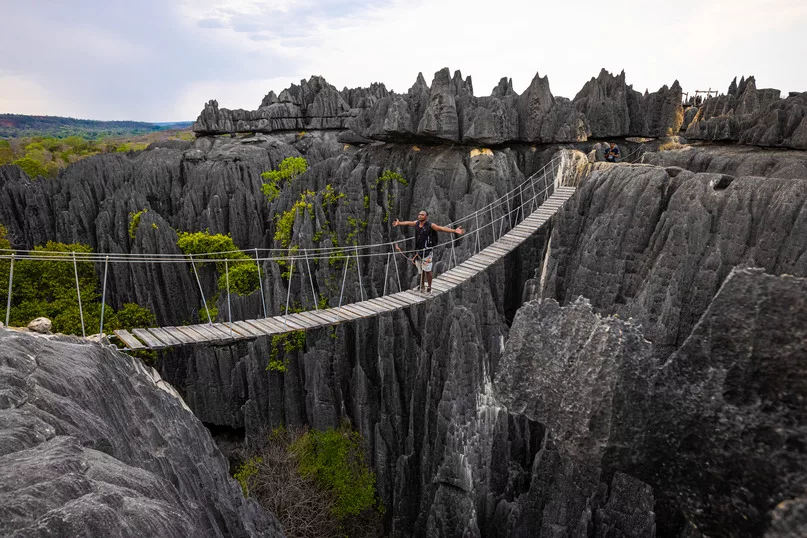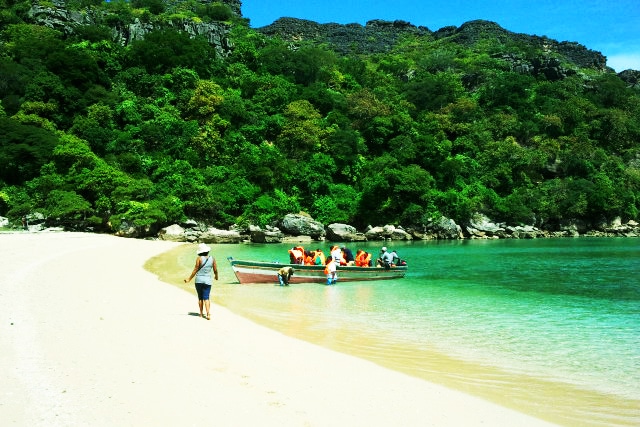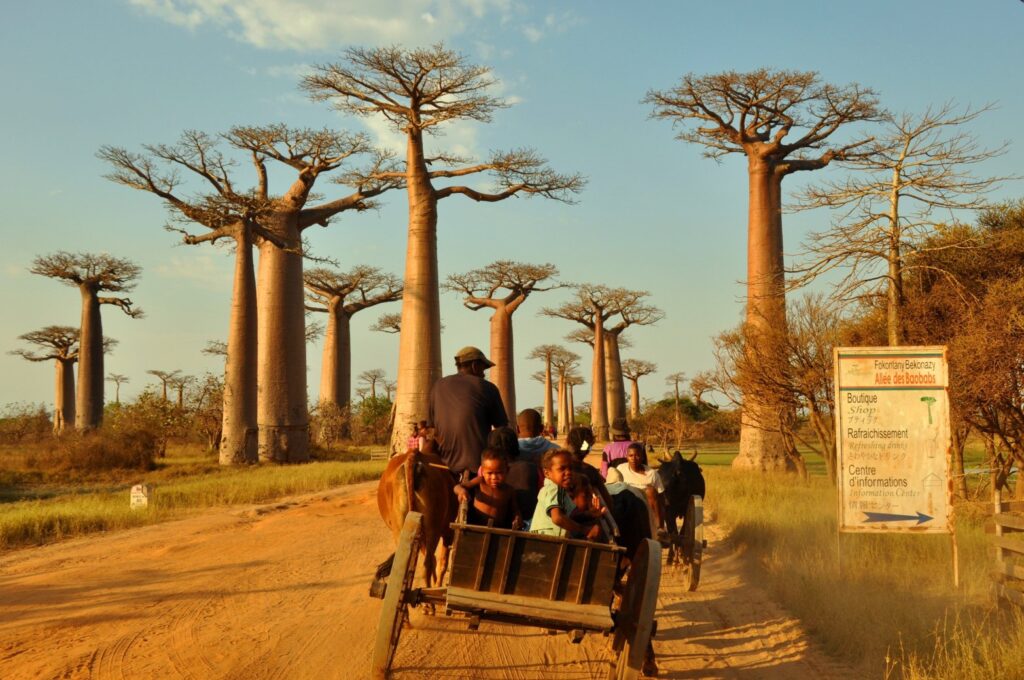At a Glance
- Tourist arrivals and foreign-exchange earnings rose sharply in 2024, strengthening Madagascar’s recovery.
- Europe leads arrivals as new African and Middle Eastern routes broaden visitor sources.
- Eco-tourism, marine travel and cultural circuits drive higher-value spending across key regions.
Madagascar, the second-largest island country and the fourth-largest island in the world, off the Indian Ocean, is staging a strong comeback in terms of tourism.
Approximately 400 kilometers (250 miles) off the coast of East Africa, the large island nation is reshaping the island’s economy and strengthening one of its most dependable sources of jobs and foreign exchange.
After years of pandemic-related setbacks, the country is recording higher visitor arrivals, stronger earnings and improved air and cruise connectivity. For a nation long constrained by infrastructure gaps and limited formal employment, tourism is becoming a critical pillar of recovery.

Tourism’s expanding economic role
Madagascar welcomed over 150,000 international tourists in the first half of 2025, a significant increase over the previous year. This comes on the heels of about 308,000 visitors in 2024, up sharply from 260,000 in 2023, according to Government and industry data.
Tourism earnings climbed to an estimated $780 million, reflecting higher average spending and increased demand for nature-based, cultural and coastal travel. These inflows now account for a larger share of GDP and are seen by both the IMF and World Bank as key to sustaining growth through 2025.
Tourism has moved from a seasonal boost to a central source of foreign exchange, helping balance the volatility of commodity exports.
The sector contributed significantly to GDP growth in 2023 and 2024 and is expected to support further gains in 2025. For local communities, it remains one of the few reliable paths to income, especially in rural and coastal areas tied to parks, beaches, wildlife and cultural services.

A clear rise in visitor demand amid regional trends
Arrivals have more than doubled from about 131,000 in 2022 to 308,000 in 2024. Cruise tourism is playing a larger role, especially in Nosy Be and Sainte-Marie. Revenue is rising in parallel, placing tourism among Madagascar’s top foreign-currency earners.
Although the figures remain below the country’s target of attracting one million visitors by 2028, the rebound is strengthening investor confidence in hotels, tours and regional transport links.
Europe, led by France, remains the top source market. But new and reinstated flights from African and Middle Eastern airlines, rising cruise itineraries and growing interest from Asia are diversifying arrivals.
Regional travel within the Indian Ocean, particularly from Reunion, Mauritius and Seychelles, is also increasing through multi-island packages that encourage longer stays.

Where Madagascar can gain more value
Higher-value ecolodges and private-island stays could lift spending while protecting fragile areas. Stronger air connectivity, expanded cruise schedules and improved domestic transport are essential.
A more consistent system for channeling tourism revenue into conservation and community programs would also deepen the sector’s benefits.
Infrastructure gaps, climate risks, political uncertainty and limited training systems continue to restrict growth. Without improvements in transport, energy access and local workforce development, tourism’s potential will remain uneven and concentrated in a few hubs.

Why tourism matters for Madagascar’s future
Tourism is now one of Madagascar’s most practical tools for generating foreign exchange, supporting private-sector jobs and funding conservation.
With continued investment in connectivity, climate resilience, transparent revenue systems and long-term policy stability, the industry can drive broader development for years to come.





